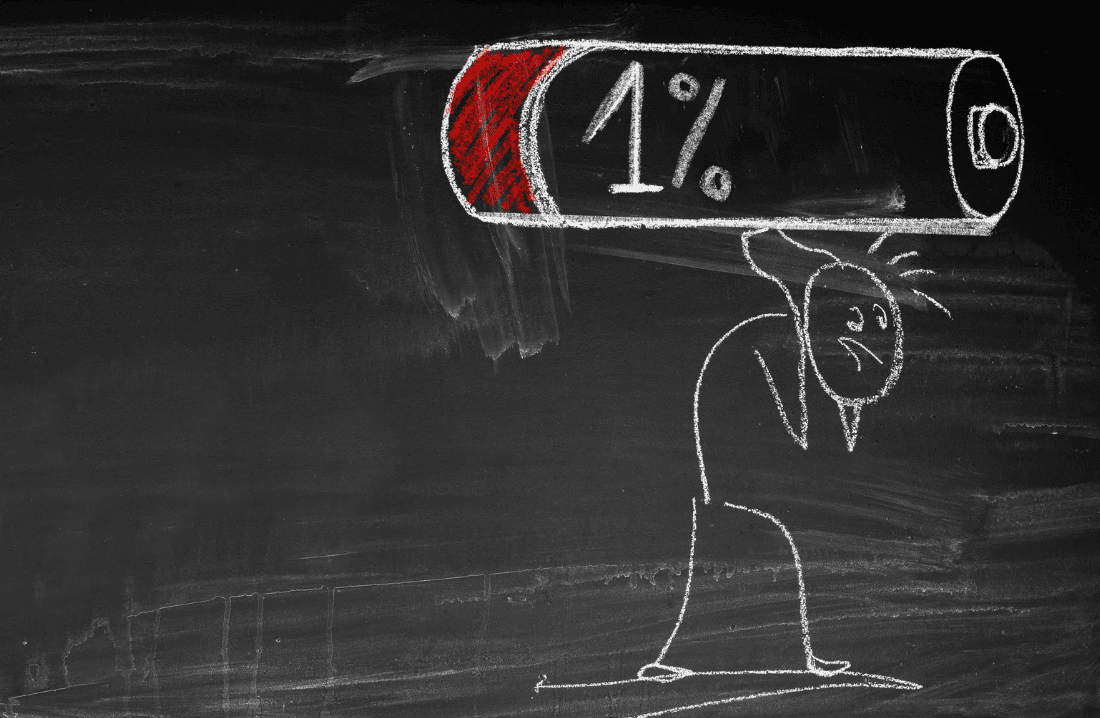Substance abuse disorders impact millions of lives, but with proper treatment facilitated through drug rehab in Massachusetts, establishing long-term sobriety remains possible.
This post focuses on understanding drug rehabilitation programs tailored to individual needs, the importance of community and family support, finding the right treatment resources, common challenge strategies and holistic methods that promote overall wellness.
With compassion and an understanding of evidence-based care options transforming lives daily, a brighter, substance-free future awaits by taking the first step toward recovery.
Why Is Drug Rehabilitation Important?
Drug rehabilitation programs provide comprehensive treatment addressing psychological, physical, and lifestyle factors supporting sober living. From medically supervised detox to counseling unpacking root causes to aftercare community building, trained specialists thoughtfully design personalized recovery plans to break destructive addiction cycles plaguing health and relationships.
No single path fits all – assessing unique biological and behavioral risk factors allows matching appropriate services for lasting change. With focus and courage, growth happens one step at a time.
Understanding the Drug Rehabilitation Process
While exact protocols vary based on individual assessments, most proven programs include:
Evaluation & Intake – Licensed clinicians screen new patients determining suitable treatment plans based on addiction histories, mental health, motivation levels, home life factors and medical needs guiding program selections.
Detoxification – In inpatient settings, medical teams monitor withdrawal, assisting with medications to ease difficult substance cessation symptoms through the early sobriety phase, preventing complications safely.
Counseling & Therapy – Individual and group talk therapy sessions build insight into addiction drivers and teach actionable coping strategies preventing relapse by responding to emotional triggers and environmental risk factors.
Medication Therapy – Prescribed medications treating opioid or alcohol use disorders reduce cravings, supporting early abstinence goals. Federally approved treatments expand sustainability.
Aftercare Planning – Discharge plans connect patients to community resources, peer-support groups, and sober living arrangements, reinforcing lasting change and accountability with practical lifestyle-rebuilding assistance.
Types of Drug Rehab Programs
There are several types of drug rehab programs; the following are some:
Inpatient Rehabilitation – Residential facilities provide immersive 24/7 care with stable medication routines, close psychiatric monitoring, and intensive counseling onsite, removing environmental distraction barriers to early recovery.
Outpatient Rehabilitation – Non-residential programs deliver flexible part-time treatment schedules, allowing patients to maintain work or family commitments while benefiting from substance use care at appointments.
Partial Hospitalization (PHP)—This middle-ground option covers 20-30 hours weekly of onsite therapy programming tailored for those needing more structure without full inpatient stays during early recovery.
Intensive Outpatient (IOP) – Affordable semi-intensive routines with 9-12 hours weekly of counseling, skill-building, and case management assist newly sober alumni reinforcing lasting change.
Transitional & Sober Living – Supervised group home settings provide structured drug-free housing, peer support, and continued treatment access as interim steps bridging to fully independent sober lifestyles long-term.
Importance of Family and Community Support
The following are the importance of family and community support:
Moral Support – Recovery happens in the context of loving relationships and social networks. Offer encouragement, refrain from judgment, and provide hope.
Practical Support—Helping handle childcare, transportation needs, or financial burdens lowers real-life barriers to fully committing to rehabilitation regimens early on.
Prevent Isolation—Remaining engaged and inviting loved ones to alumni events, community meals, or support groups combats risky isolation from healthy connections and positive new perspectives gained through shared experiences overcoming adversaries.
Relapse Management – While intensive treatment programs have ended, the newfound community becomes the frontline, noticing and supporting any minor relapse signals or life challenges destabilizing sobriety trajectories through openness, accountability, and quick responses, preventing significant regressions.
Lead by Example: Family members examining personal usage patterns with substances model behavioral changes, inspiring patients to realize full support for the road ahead.
Finding the Right Massachusetts Drug Rehab
Choosing substance abuse treatment to solve your unique needs matters. Consider factors like:
Program Types—Detox, inpatient, outpatient, and medication-assisted modalities address different severity levels, durations, and intensities of supervision required at various mile markers along the recovery continuum tailored by clinicians.
Treatment Focus – Reputable rehabs offer counseling addressing dual-diagnosis mental health needs, trauma-informed care, or focus-specific modalities like CBT, 12-step or holistic methods proven to raise accountability and healthy coping skills preventing relapse after graduating.
Length of Care – Recovery possesses no shortcuts; multi-month care spanning detox, intensive inpatient or outpatient therapy and community aftercare planning optimizes tools sustaining lifelong change rather than short standalone interventions alone.
Payment Options—Between insurance coverage verifications, public funding programs like the Massachusetts Bureau of Substance Addiction Services, and affordable nonprofit organizations, options exist to suit unique budget constraints and manage conditions smartly.
Alumni Outcomes—Successful track records with positive patient testimonials demonstrate an ability to foster newfound purpose, balance, and determination through compassionate, evidence-based treatment that differentiates passing fads from proven care that transforms lives daily.
Common Recovery Challenges & Solutions
Here are the challenges and solutions:
Triggers—Remain vigilant, identifying and counteracting known triggers and risks through proactive avoidance, learned coping tactics, and accountability partners who provide perspective grounded in wisdom and care, not judgment.
Support Networks—Keep connecting regularly with fellow positive influencers who can relate while expanding overall community engagement strengthening motivation and purpose, which drugs formerly subverted insidiously.
Motivation & Meaning – During discouraging times, reflect on recovery reasons deeper than abstinence alone, such as reviving passions long lost, righting personal wrongs through atonement, and realizing cherished dreams drugs convinced were unachievable foolheartedly. You are the positive force leading change.
Relapse Mindfulness—Brief setbacks occasionally inhabit recovery roads. Show self-compassion and confidently lean into support systems to regain determined footing without unnecessary shame, guilt, or despair dragging you astray. Progress continues; focus forward.
Mental Health—Healthy processing and undistorted thinking patterns develop over time through therapeutic inner work. Meanwhile, medication and self-care regimens support stability along the journey—it is a nonlinear, lifelong process.
The Role of Holistic Drug Rehabilitation
Integrative detox and rehabilitation regimens treat the whole person – mind, body, and spiritual well-being:
Mindfulness & Meditation – Establishes tranquility, emotional intelligence, and distress tolerance through many available modalities, from mantra meditation to yoga, as mental clarity components shape thought patterns holistically over time positively.
Nutrition & Supplements—Clinical nutrition planning corrects biochemical deficiencies stemming from substance misuse. It also teaches meal planning, improving physical health markers, supporting newfound motivation and capabilities, and feeling your best again.
Physical Activity—From hiking excursions to yoga classes, personalized movement unlocks lasting lifestyle transformations regarding optimal sleep, balanced weight levels, renewed energy, and better livelihoods through simple, consistent motion habits.
Expressive Arts & Music Therapy – Cathartic creative workshops foster safe yet vulnerable spaces airing thoughts, processing trauma, and nurturing identity rebuild in gentle, evidence-based modalities led by specialists attentively.
Spiritual Self-Discovery—For those amenable to spiritual openness, welcoming communities provide comradery, existential ponderings, and a sense of faith, meaningfully improving holistic well-being outlooks and connectedness.
In summary, effective substance abuse rehabilitation regimens deliver measurable progress through research-supported care customized to your situation by compassionate experts dedicated to returning to brighter futures once hopeless incredulously. You deserve to thrive joyfully again – committed beginnings open doors seemingly impossible just yesterday, now clearly within reach courageously.
Understanding Drug Rehabilitation
Substance addictions disrupt health, families, careers, and entire lives if not confronted compassionately yet decisively to arrest downward trajectories looming ominously through inactions. But after darkness, the light still shines, determining better roads ahead.
Quality care commences gradually – first from within before permeating outward, positively touching families and communities through uplifting examples defeating statistics.
Through patient-aligned treatment facilities, loving communal support and discovering greater purposes from setbacks overcome, flourishing and whole lives dawn again beautifully if we remain willing to nurture progress daily. The possibilities await courageously.

































